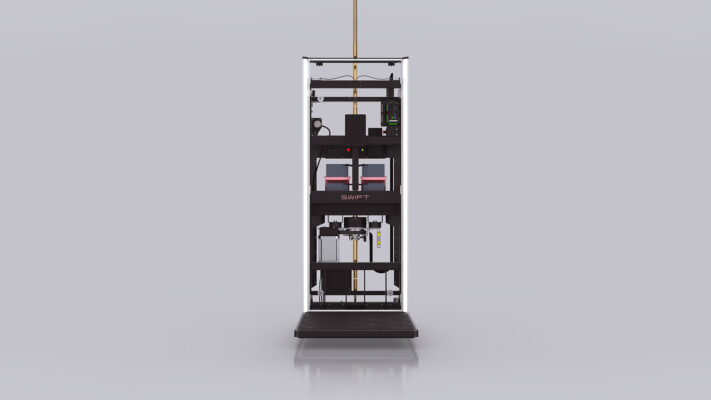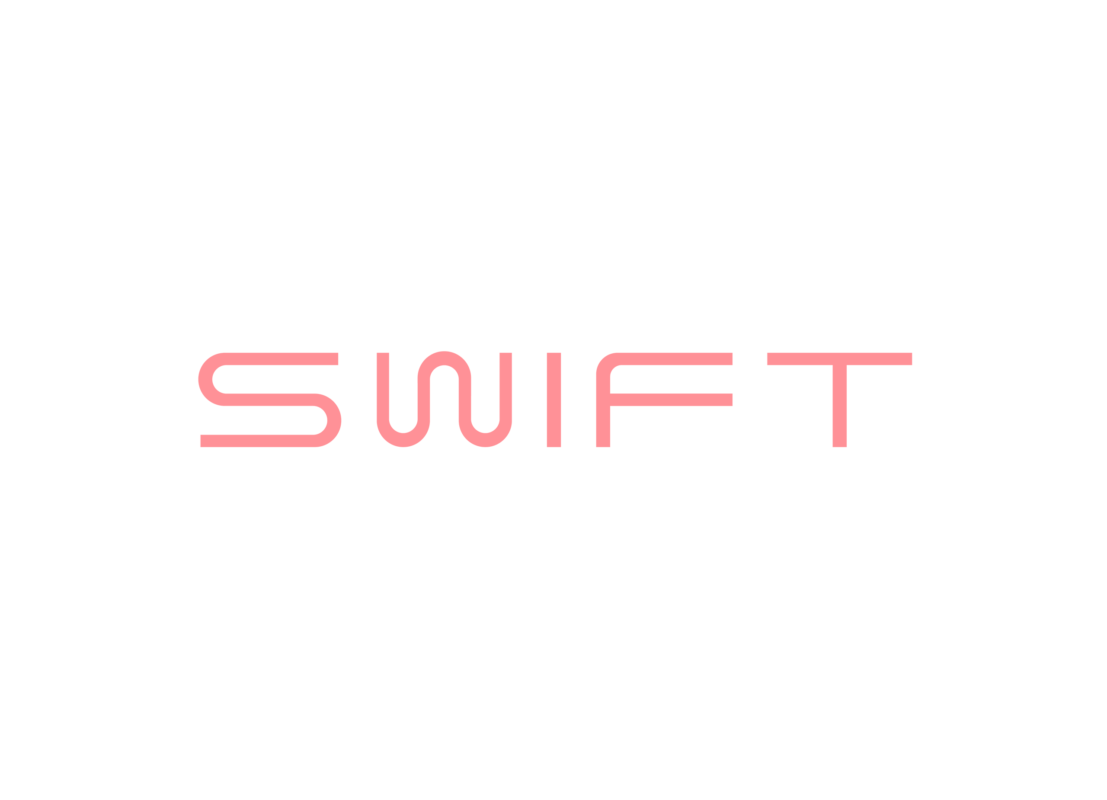How Do Screw Driven Lifts Work?
Screw type elevators are an elegant, compact, and efficient solution for residential and low-rise commercial buildings. The technology, originally developed in Sweden, relies on a simple yet reliable screw and nut mechanism to move the lift platform up and down. This design makes screw-driven lifts ideal for homes with limited space and minimal structural modifications.
Working Principle of Screw-Driven Lifts
The lift operates through an electric motor that rotates a threaded steel bar (the screw). Attached to the screw is a drive nut, which moves along the threads and carries the lift cabin or platform. Rotating the screw one way raises the lift, while rotating it the opposite way lowers it.
There are variations in design to optimize performance:
- Self-locking screw lifts: The nut’s friction with the screw allows the lift to remain stationary without additional braking.
- Nut-brake lifts: If a different screw pitch is chosen, a screw lift valve or brake system is added to ensure the lift stops safely.
This straightforward mechanism ensures safety, reliability, and minimal maintenance compared to more complex elevators like traction or hydraulic systems.

Key Components of a Screw and Nut Lift
- Motor: Powers the rotation of the screw, controlling the lift’s vertical movement.
- Threaded Steel Bar (Screw): The main structural element supporting and guiding the lift platform.
- Drive Nut (Nut): Travels along the screw to move the cabin smoothly.
- Electrical Supply: Provides power to the motor and control systems.
Advantages of Screw Type Home Elevators
- Space-Saving Design: No deep pit or separate machine room is needed. Ideal for homes with limited floor space.
- Easy Installation: Minimal construction work makes installation quick and suitable for both new homes and renovations.
- Low Maintenance: Fewer moving parts mean less wear and tear and reduced long-term maintenance costs.
- Energy-Efficient: Can operate on standard household power and, with systems like SWIFT EcoDrive, recover energy during descent.
- Safe and Reliable: Features such as emergency brakes and backup systems ensure safety even during power failures.
Limitations
- Slower Speed: Compared to traction or hydraulic lifts, screw-driven elevators are slower, making them suitable for 2–4 floors.
- Limited Travel Height: Not ideal for high-rise buildings.
- Moderate Weight Capacity: Adequate for residential use but may not handle heavy or frequent high-capacity loads.
- Operational Noise: Older models may generate some noise, although modern screw lifts are very quiet.
SWIFT Screw-Driven Lifts
The SWIFT screw lift combines these advantages with modern technology to optimize noise reduction, smooth operation, and energy efficiency. The Tesla-inspired battery system allows regenerative energy recovery, meaning every fourth ride can be “free.” In case of a power outage, the lift can continue running normally using stored battery power, ensuring uninterrupted operation.











